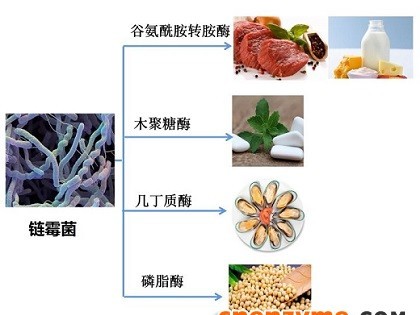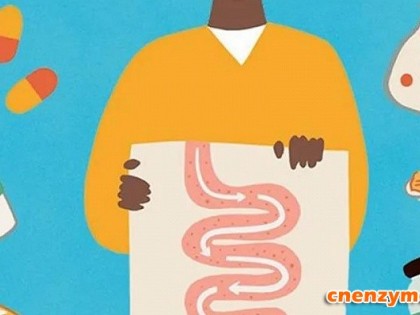Delivery/Storage
Grain is delivered by truck or rail to the ethanol plant where it’s loaded in storage bins designed to hold enough grain to supply the plant for 7–10 days.
Milling
The grain is screened to remove debris and ground into course flour.
Cooking (Hot Slurry, Primary Liquefaction, and Secondary Liquefaction)
During the cook process, the starch in the flour is physically and chemically prepared for fermentation.
Hot Slurry
The milled grain is mixed with process water, the pH is adjusted to about 5.8, and an alpha-amylase enzyme is added. The slurry is heated to 180–190°F for 30–45 minutes to reduce viscosity.
Primary Liquefaction
The slurry is then pumped through a pressurized jet cooker at 221°F and held for 5 minutes. The mixture is then cooled by an atmospheric or vacuum flash condenser.
Secondary Liquefaction
After the flash condensation cooling, the mixture is held for 1–2 hours at 180–190°F to give the alpha-amylase enzyme time to break down the starch into short chain dextrins.
After pH and temperature adjustment, a second enzyme, glucoamylase, is added as the mixture is pumped into the fermentation tanks.
Simultaneous Saccharification Fermentation
Once inside the fermentation tanks, the mixture is referred to as mash. The glucoamylase enzyme breaks down the dextrins to form simple sugars. Yeast is added to convert the sugar to ethanol and carbon dioxide. The mash is then allowed to ferment for 50–60 hours, resulting in a mixture that contains about 15% ethanol as well as the solids from the grain and added yeast.
Distillation
The fermented mash is pumped into a multi-column distillation system where additional heat is added. The columns utilize the differences in the boiling points of ethanol and water to boil off and separate the ethanol. By the time the product stream is ready to leave the distillation columns, it contains about 95% ethanol by volume (190-proof). The residue from this process, called stillage, contains non-fermentable solids and water and is pumped out from the bottom of the columns into the centrifuges.
Dehydration
The 190-proof ethanol still contains about 5% water. It’s passed through a molecular sieve to physically separate the remaining water from the ethanol based on the different sizes of the molecules. This step produces 200-proof anhydrous (waterless) ethanol.
Ethanol Storage
Before the ethanol is sent to storage tanks, a small amount of denaturant is added, making it unfit for human consumption. Most ethanol plants’ storage tanks are sized to allow storage of 7–10 days’ production capacity.
Co-Product Processing
During the ethanol production process, two valuable co-products are created: carbon dioxide and distillers grains.
As yeast ferment the sugar, they release large amounts of carbon dioxide gas. It can be released into the atmosphere, but it’s commonly captured and purified with a scrubber so it can be marketed to the food processing industry for use in carbonated beverages and flash-freezing applications.
The stillage from the bottom of the distillation tanks contains solids from the grain and added yeast as well as liquid from the water added during the process. It’s sent to centrifuges for separation into thin stillage (a liquid with 5–10% solids) and wet distillers grain.
Some of the thin stillage is routed back to the cook/slurry tanks as makeup water, reducing the amount of fresh water required by the cook process. The rest is sent through a multiple-effect evaporation system where it is concentrated into syrup containing 25–50% solids. This syrup, which is high in protein and fat content, is then mixed back in with the wet distillers grain (WDG).
With the added syrup, the WDG still contains most of the nutritive value of the original feedstock plus the added yeast, so it makes an excellent cattle ration for local feedlots and dairies. After the addition of the syrup, it’s conveyed to a wet cake pad, where it is loaded for transport.
Many ethanol facilities do not have enough nearby cattle to utilize all of the WDG. It must be used soon after it’s produced because it spoils easily. So, it’s often sent through a drying system to remove moisture and extend its shelf life. This dried distillers grain (DDG) is commonly used as a high-protein ingredient in cattle, swine, poultry, and fish diets. It’s also being researched for human consumption.




